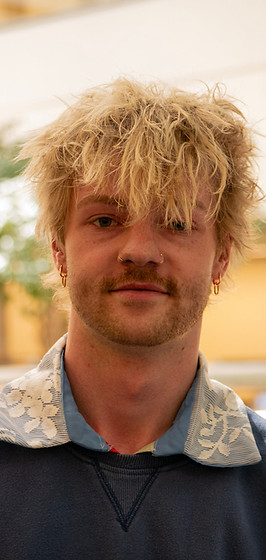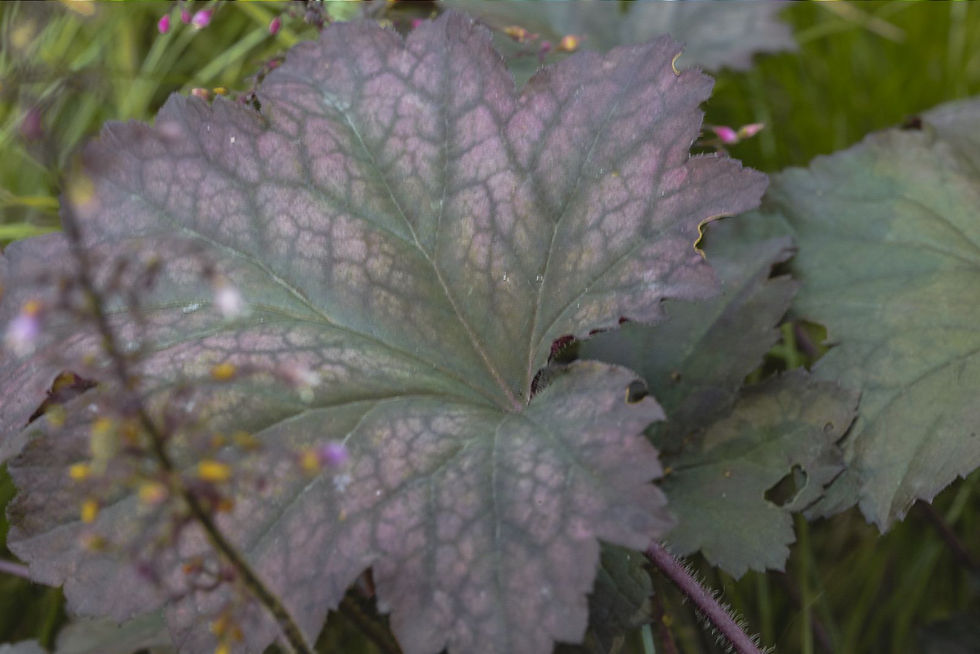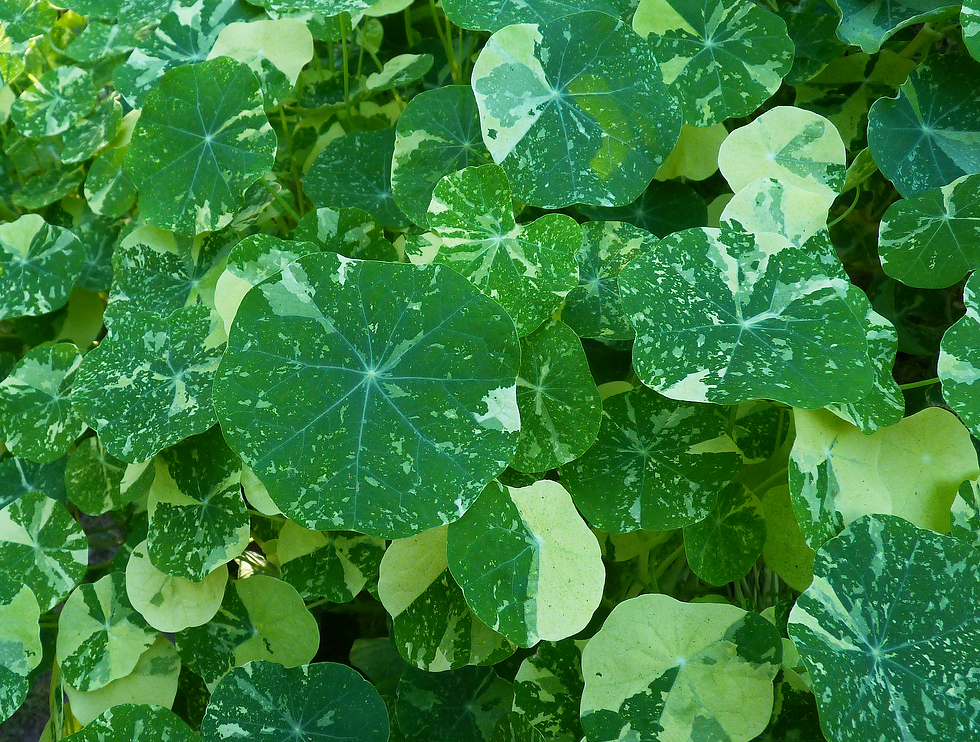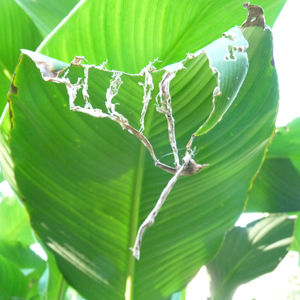Clipto
Discover

About me:
My name is Casey Tyler and I am working to get my Bachelor's degree in Fashion Design and Apparel Innovation from the University of Delaware. I have expertise in garment design, illustration, and construction. While I had an interest in sewing since I was a child my passion for design grew after I'd taken a fashion history class a year and a half into getting my biomedical engineering degree. After that, my skillset and creations have only improved. However, with no photography experience, I couldn't properly document mine or others work. Now, taking a photography class, I hope to expand my skill set to include fashion photography. Whether on the runway, on the street, or in a museum fashion is all around us in unique ways and I hope to capture it and share it with an audience while growing my skills.
My goals
-
Learn about how to properly frame a subject - While it's easy enough to find the subject in the center of the sights of the camera I think there can be more compelling ways to present subjects and I'd like to learn about them!
-
Learn to adjust camera settings - Knowing that fashion takes place on the street with lots of natural lighting or runways with a specific set of stage lights I'd like to be able to roll with it all and no matter the lighting take a great photo!
-
Improve Digital editing skills - While I have skills in photoshop and illustrator for design purposes I'd like to better edit my photos for a more visually appealing outcome!
Dozen Photo Challenge
Left: Composition
Middle: Lighting
Right: Color

Critiquing Photo Challenge
Descriptive: This photo is descriptive because it shows how someone will look while wearing a Bershka dress
Explanatory: This photo is explanatory because it shows the construction of the pattern as well as a possible end result.
Interpretive: This photo is interpretive because it shows a tarnished soccer ball behind a rusty fence. This alludes to a story that went on here that the viewer can interpret.
Aesthetically Evaluative: This photo is aesthetically evaluative because it shows off the complementary colors of the flower and the bee. It also shows different textures and is generally aesthetically pleasing.
Ethically Evaluative: This photo is ethically evaluative because it shows the struggle of protesters who are fighting for the lives of the Palestinian people.
Theoretical: This photo is theoretical because I took it through a mesh fabric with a dragonfly print. The fabric not only gives a wave-like effect to the sky, but the fireflies look like they are flying through it as well.







Emulating A Professional Photographer
Images by James Welling
Images by Casey Tyler
Multimodal Presentation
By Casey Tyler
Synopsis.
Berenice Abbott was an American photographer known for her portraits, New York cityscapes, and scientific photography. She began her photography journey after moving to Paris, learning from Man Ray, and taking portraits of influential writers and authors. After Paris, she returned to New York in 1929, where she began her famous series “Changing New York.” This project documented the city's transformation, capturing the stark contrasts between old buildings and new skyscrapers, making her a pioneer of modernist urban photography. In the 1950s, she shifted to scientific photography, working with MIT to create educational images that explained physics concepts. Her scientific photos became foundational in visual education, highlighting her belief in “straight photography,” which focused on clear, unmanipulated images. Abbott’s work remains influential for its honesty and precision. By combining documentary, scientific, and portrait photography, she made a lasting impact and showed how powerful photography could be for both art and education.
Opinion.
As someone who likes to combine the natural sciences in my own artistic endeavors, I really enjoyed exploring her take on it. While I tend to see my art projects as scientific experiments she flipped the script and turned these concepts of physics into works of art. I often tend to think about trying to find a balance of both aesthetics and function when it comes to a piece, but I think her later pieces are a great example of finding a way to combine the two. I want to take her tactic of using one for the other not only in my photography but in my fashion work as well. In addition to her more scientific pieces, I found her start in Paris similarly exciting. As someone who is looking to break into the fashion industry, she went to a fashion capital in one of its golden ages. Not only did her portraits show the people in them, but they also displayed the classy Parisian fashion of the 1920s. All in all, I really enjoyed her work!















